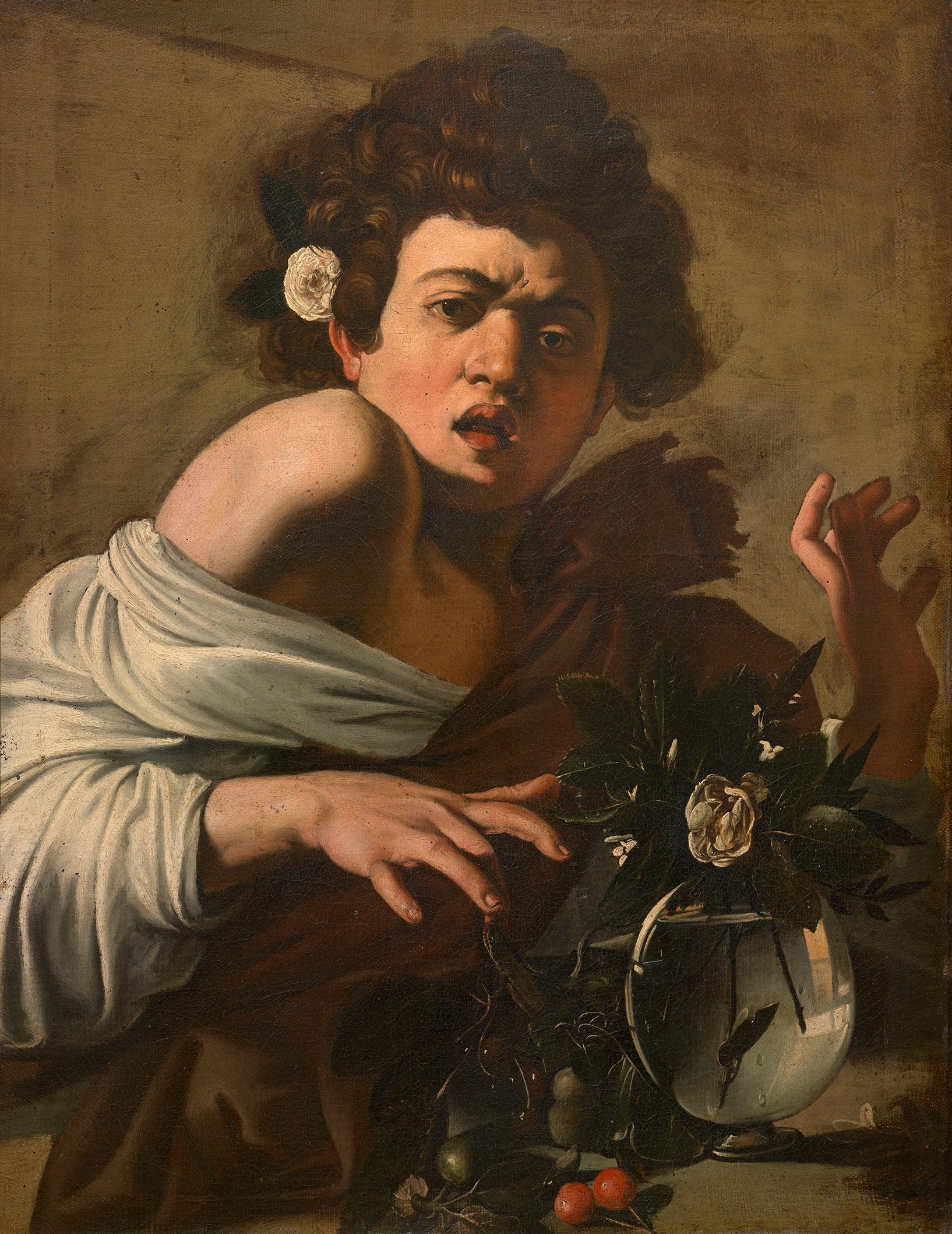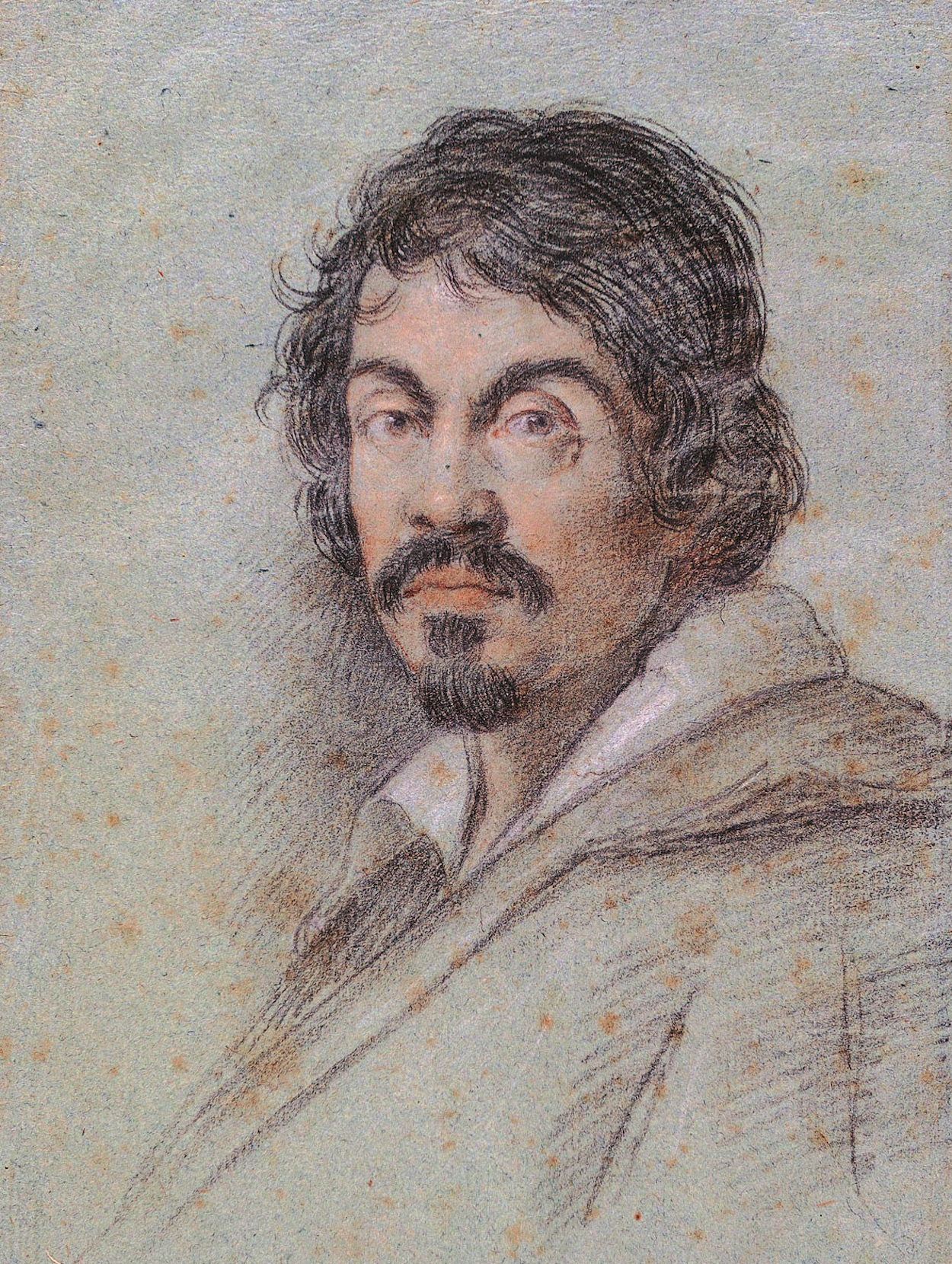Our month of special features from the Caravaggio & Bernini exhibition ended in December 2019 but we couldn't help ourselves and feature another object from this amazing exhibition! You can visit the show at the Kunsthistorisches Museum in Vienna until 20 January 2020, but if you cannot make it, you can always look at our features in the DailyArt archive. Enjoy!
Reaching for the succulent cherries in front of him, a handsome youth is surprised by a lizard that darts out from the shadows and bites him. In shock, he snatches back his hand, emitting a small cry of pain and astonishment. The sudden movement makes his shirt slip, sensuously revealing his right shoulder—a detail that Caravaggio deliberately highlights. Full of physical charms, desire, and sensations ranging from astonishment to pain, this pictorial narrative appears like a kaleidoscope of states of excitation embodied simultaneously by the protagonist.
The fascination of this painting thus lies less in the wealth of symbolic or allegorical interpretations that can be applied to it than in the tremendously eccentric depiction of the interplay among physical sensibility, passionate agitation, and impulsive movement.
Caravaggio’s boy comes right up close to the spectator, using this immediacy to make a theatrical display of the feigned horror expressed through his face and body: his right arm and hunched shoulder are intended to emphasize the physical sensation of the shock, while tension is conveyed in the marked splaying of the fingers. The movement as a whole is emphasized with exaggerated folds of the shirt; even the boy’s brow is creased with deep furrows. In a more mannered fashion, the left arm raised in a gesture of defense embodies horror as the motive force for body and soul, culminating in a hand that is so animated that it seems to have assumed a life of its own. The boy stares out directly, as if shocked more by the viewer than by the diminutive reptile.
The painting is a provocation, and the existence of many different versions of the subject it inspired attests that the pictorial concept was successful for this very reason.
See you tomorrow!
If you're looking for calendars for the new year, we offer DailyArt 2020 wall and desk calendars that you can check out in our online shop. : )
P.S. Do you know how Caravaggio died? The answer is not easy. Check it here.


 Caravaggio
Caravaggio